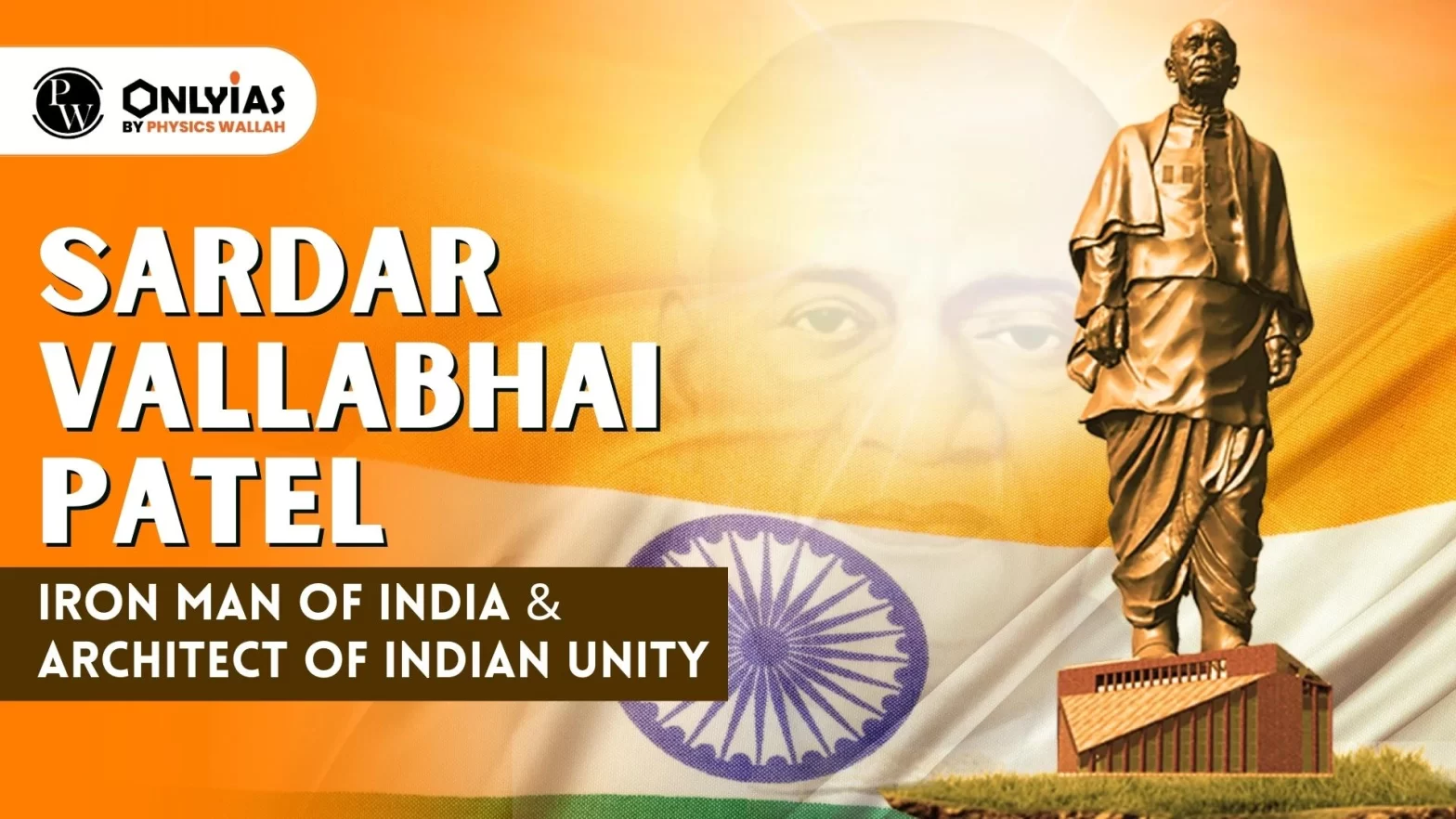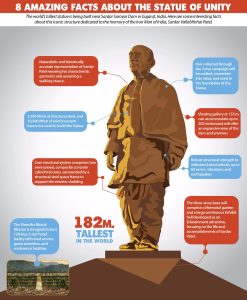Context: National Unity Day, also known as 'Rashtriya Ekta Diwas' is celebrated every year on October 31 to commemorate the birth anniversary of Sardar Vallabhbhai Patel, India's first Home Minister.

Hyderabad:
Jodhpur:
Junagadh:
Kashmir:
Manipur:
|
Statue of Unity: A Monument to Sardar Vallabhbhai Patel’s Legacy

| Also Read Other Biography | |
|---|---|
| Lal Bahdur Shastri | Shaheed Bhagat Singh |
| Jayaprakash Narayan | Nanaji Deshmukh |
| Netaji Subhas Chandra Bose | Indira Gandhi |
| Sam Manekshaw | |
| Must Read | |
| NCERT Notes For UPSC | UPSC Daily Current Affairs |
| UPSC Blogs | UPSC Daily Editorials |
| Daily Current Affairs Quiz | Daily Main Answer Writing |
| UPSC Mains Previous Year Papers | UPSC Test Series 2024 |
National Unity Day, or Rashtriya Ekta Diwas, is celebrated on October 31st to commemorate the birth anniversary of Sardar Vallabhbhai Patel, India's first Home Minister, who played a crucial role in integrating princely states into the Indian Union.
"Ek Bharat Shreshtha Bharat" aimed to enhance understanding and bonding between states and Union Territories of India, promoting cultural exchange and strengthening national unity.
Sardar Patel used diplomatic negotiations and, when necessary, forceful measures, along with instruments like the "Instrument of Accession," to persuade princely states to join India.
The Statue of Unity, inaugurated in 2018, stands as the world's tallest statue, honouring Sardar Vallabhbhai Patel's contributions in unifying India's princely states and fostering national unity.
Sardar Patel sent troops into Hyderabad to support the freedom struggle against the Nizam, ensuring the state's integration with India within four days.
After the Nawab of Junagadh accepted Pakistan's offer, Patel organized a plebiscite, and through diplomatic and military means, Junagadh was annexed into India.
Patel advocated for self-reliance, rapid industrialization, cooperative movements, and investment-led growth, emphasizing prosperity through economic development.
The 'All India Services' are administrative services that Patel established, aiming to create a strong administrative framework, emphasizing service, impartiality, and integrity among civil servants.
National Unity Day is observed through various cultural events, educational activities, and awareness programs, fostering a sense of unity, responsibility, and ownership among citizens.
The design of the Statue of Unity portrays Sardar Patel walking on water, symbolizing his extraordinary determination and the seamless integration of princely states into the Indian Union.

<div class="new-fform">
</div>